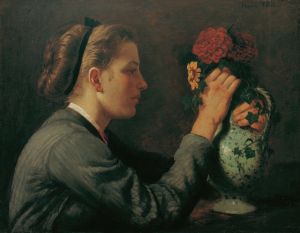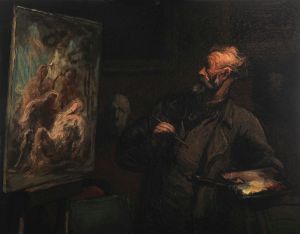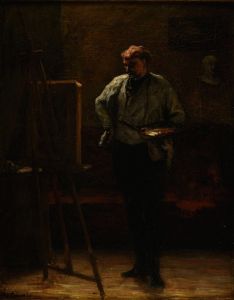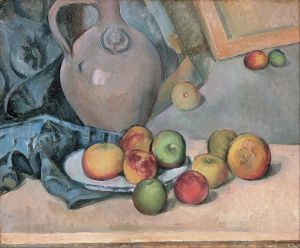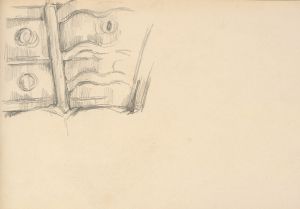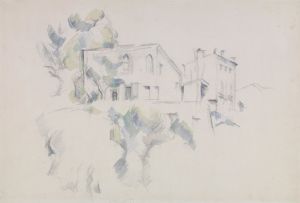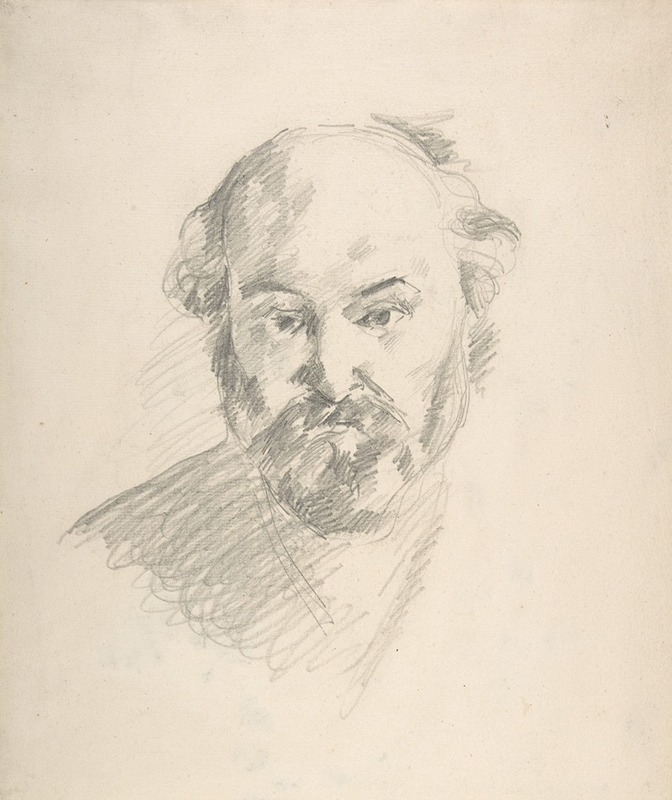
Portrait of the Artist
A hand-painted replica of Paul Cézanne’s masterpiece Portrait of the Artist, meticulously crafted by professional artists to capture the true essence of the original. Each piece is created with museum-quality canvas and rare mineral pigments, carefully painted by experienced artists with delicate brushstrokes and rich, layered colors to perfectly recreate the texture of the original artwork. Unlike machine-printed reproductions, this hand-painted version brings the painting to life, infused with the artist’s emotions and skill in every stroke. Whether for personal collection or home decoration, it instantly elevates the artistic atmosphere of any space.
"Portrait of the Artist" by Paul Cézanne is a notable work by the French Post-Impressionist painter, created around 1875. This painting is a self-portrait, showcasing Cézanne's distinctive style that bridges the gap between late 19th-century Impressionism and the early 20th century's new line of artistic inquiry, Cubism. Cézanne's work is renowned for its innovative approach to form and color, and this self-portrait is no exception.
In "Portrait of the Artist," Cézanne employs his characteristic brushwork, which is both deliberate and expressive. The painting captures the artist's visage with a sense of introspection and intensity, reflecting his complex personality and dedication to his craft. The use of color in the portrait is particularly striking; Cézanne applies a palette that is both muted and rich, with subtle gradations that give depth to the face and background. This technique highlights his mastery of color modulation and his ability to convey emotion through tonal variation.
Cézanne's approach to portraiture was unconventional for his time. Unlike many of his contemporaries, who focused on capturing the likeness and social status of their subjects, Cézanne was more concerned with the underlying structure and form. In this self-portrait, he deconstructs the face into geometric shapes, a method that would later influence the Cubist movement. This analytical approach to form is evident in the way he models the planes of his face, using color and brushstrokes to suggest volume and depth.
The background of the painting is relatively plain, which serves to emphasize the figure of the artist. This simplicity directs the viewer's attention to the facial features and the intense gaze of Cézanne, which seems to penetrate beyond the canvas. The lack of elaborate background details is a deliberate choice, allowing Cézanne to focus on the exploration of form and color.
Cézanne's self-portraits are significant in understanding his development as an artist. They provide insight into his evolving techniques and his persistent quest to capture the essence of his subjects. "Portrait of the Artist" is a testament to his innovative spirit and his influence on modern art. Cézanne's work laid the groundwork for the transition from 19th-century artistic conventions to the radical approaches of the 20th century.
Today, "Portrait of the Artist" is held in high regard and is part of various collections that celebrate Cézanne's contribution to art history. His self-portraits, including this one, continue to be studied for their groundbreaking approach to form and their profound impact on subsequent generations of artists. Cézanne's legacy is evident in the way he challenged traditional perspectives and paved the way for new artistic expressions.







